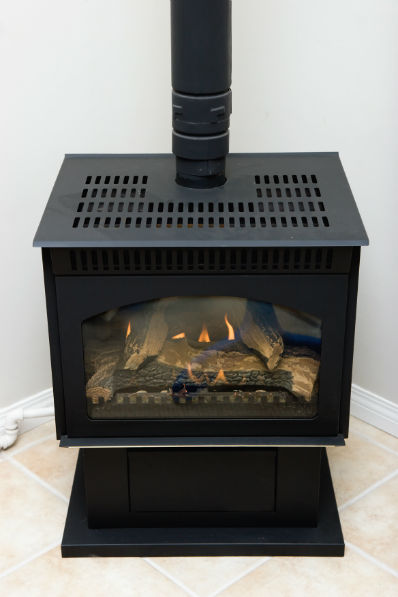by Don Rhine | Feb 7, 2017 | Home heating
Sometimes when it’s really cold out, you may find that it’s hard to get a good fire going in your fireplace. Just when you really want to cozy up in front of a crackling fire, you get nothing but frustration! Fortunately, there are some things that you can do to...

by Don Rhine | Aug 23, 2016 | Home heating
As winter approaches, you may be wondering what the most economical way to heat your home might be. You definitely are looking for efficiency, and you definitely want an economical way to stay warm on those cold winter nights. Inefficiency of Mortar Fireplaces...


